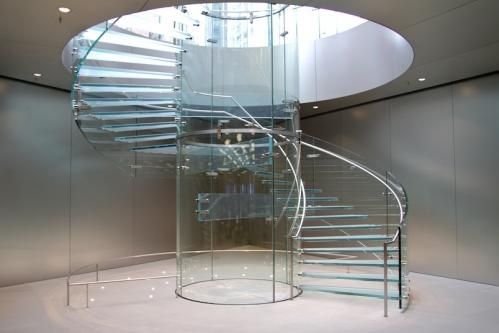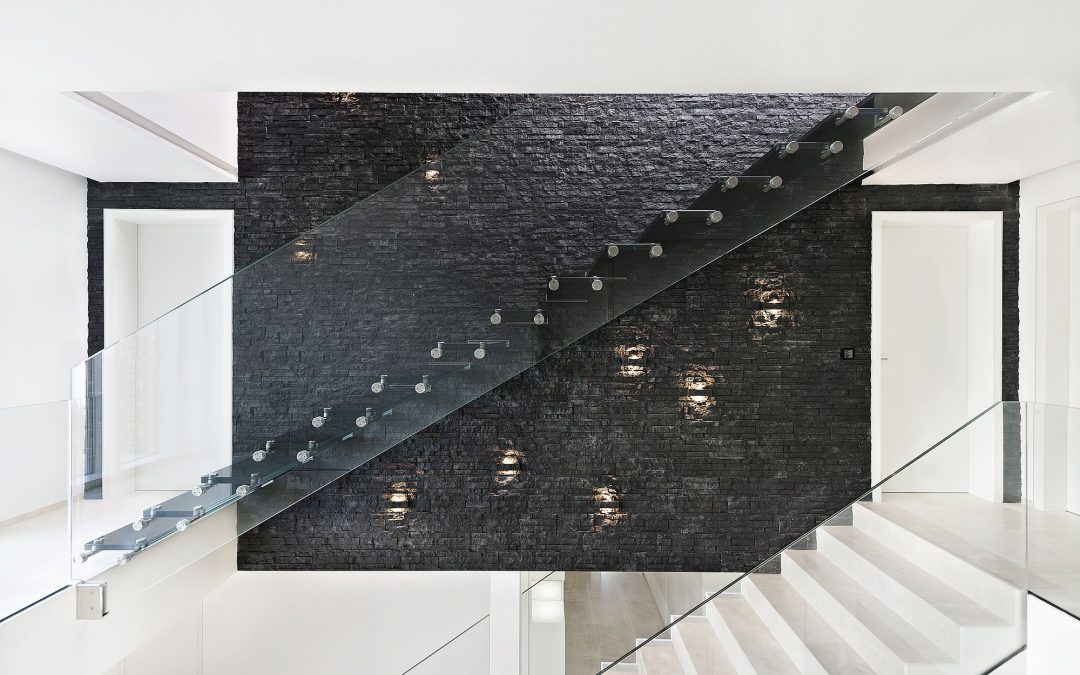Connecting barriers to staircases can be a little difficult. I have certainly had to redesign 1 or 2 in my time! My funniest result was placing my posts straight initially, only to have every one of them leaning by the end. Despite having the years I’ve placed in as a contractor, and all the mistakes I have actually made, I still locate staircase railing installment to be a little bit of a difficulty. Let’s see how to install railings on the stairs.
There are 2 major kinds of barriers adjustable, additionally know as rackable, as well as non-adjustable, and also in this post we’re going to discuss what both of them involve and also why you may choose one over the various other. Despite how convenient you are, you’re definitely most likely to want the full review on staircase railing installation, because putting up barriers involves a combination of getting it best aesthetically, safeguarding them solidly, sticking to constructing codes, as well as holding your horses sufficient to have some enjoyable while doing it.
The First Step: Are My Stairs Up to Code?
Before attaching any kind of message, make sure you have enough strolling room to be in adherence to the neighborhood building codes, or else you could undergo an inspection just to need to do the whole thing once again. If you locate that the staircases are also narrow and also you aren’t inclined to enhance the dimension of the treads, you can attach the barriers to the joists on either side of the stairways, as there are currently code-tested systems around developed to safely do that. In fact, even if you have enough space on the staircases to set up directly onto the treads, in my point of view it’s always wonderful to have even more area than much less.
Second Action: Connecting the Posts to the Treads
When mounting barrier onto wooden staircases, you’ll initially choose where to put the posts, which likewise has some code considerations. As soon as the spots are significant, then you will usually have to include some pieces of 2 × 4, usually called “blocking,” below the significant areas. These blocks are screwed right into the main staircase joist, all-time low of the riser, and can also be angled into the walk as well. These exist to give the articles something deep as well as solid to be bolted right into.

When installing a staircase barrier, I will usually fully anchor the top blog post, ensuring that it’s plumb with my level, while leaving a particular amount of versatility in my lower message by not tightening it as long as the leading blog post. If more than two messages are required for the stairs, I will typically function my means down in the exact same fashion. I prefer doing it by doing this due to the fact that it enables me to make the little modifications that feature aligning the rails.
Third Action: Aligning the Rails
Here is where my preference for rackable, or adjustable, systems originates from. Lining up the rails as well as getting the balusters in place can be tricky. This is what that means if you’re making use of a non-adjustable or non-rackable system.
Non-Adjustable Equipment
These systems normally come with all of the components different and unassembled. Before starting, there is frequently another building ordinance to take into consideration, and that is the spacing between the bottom rail and the stairways. If the stairways are uniform in height, usage c-clamps, if you don’t have any kind of aid, to hold the rails onto the messages to see to it they will function where you wish to put them. To note my areas, I like to make use of an intense colored sharpie. As long as this isn’t a task assembled through welding, most fencing systems will certainly have brackets or another technique of inserting the rails into the post.
With non-adjustable systems, time frequently has to be invested in measuring as well as cutting the balusters and then placing them right into the ideal spots in the rail. This procedure requires time, as well as I have actually messed this step up in the past, as some railing systems do not have as much space for error in terms of the length of time or short the balusters can be. Some systems have details areas to put the balusters, which is partly as a result of building codes that regulate the proper spacing of balusters. Other systems need you to accompany and make cautious dimensions on the leading and bottom rail, followed by double-checking whether the baluster is square and also plumb, making certain to do so with every baluster. This is where a lot of perseverance can be really handy. There’s a particular amount of customizability with this technique, but also for me, the routine isn’t worth it.
Adjustable Solutions
A premium rackable railing system saves time on all of these tasks and minimizes hassle as well as expenditure. The parts of the railing show up in pre-assembled panels with parallel rails able to adapt to the angle of the staircase, and also with the balusters currently connected to the rails. Assembly is very easy– as soon as the posts remain in the area, step and also line the panels up with c-clamps to see to it all the measurements are great and the code spacing requirements are fulfilled. After that, unless you are a little bit fortunate, you’ll require to reduce the panel to dimension as well as connect the rails to installing brackets on the blog posts. Here once again, I like to start on top and work my way down. Prior to tightening every little thing, make certain that the articles are square as well as degree, and that the bottom of the panel is going to be attire and also code-approved range from each of the steps on the stairway. When pleased that whatever is square, degree, and also where it needs to be, go ahead as well as tighten it up.
The distinction between a rackable system as well as a non-rackable system usually boils down to the moment needed for installment and also the simplicity of installation. I typically recommend these systems to both my DIY clients, my friends, and my colleagues in the building profession. Citadel Railing Products makes an outstanding rackable barrier. With strong, easy-to-attach adjustable braces, and also balusters affixed via an internal pin joint system, they take a great deal of the discomfort out of setting up barriers on staircases. Fortress barriers additionally go through a distinct, multi-layer coating process, in which galvanized steel is covered with a zinc phosphate finish, a moisture-resistant e-coat, and a UV-resistant powder coat.

